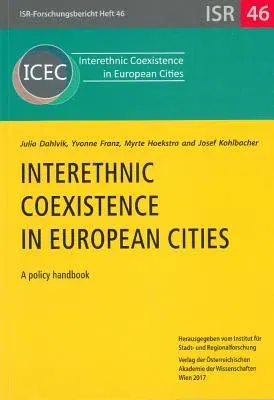This policy handbook discusses the policy-relevant results of the JPI
Urban Europe project "Interethnic Coexistence in European Cities"
(ICEC). A more detailed documentation of the research approach,
methodology and local results on Amsterdam, Stockholm and Vienna can be
found in various publications available for download from
www.icecproject.com There is not one specific mode of interethnic
coexistence - neither in the same city nor in the same neighbourhood.
This is one remarkable fact uncovered by the authors of this report
during their intensive field research. Interethnic coexistence works in
many different ways and is extremely diverse. In our interviews,
coexistence, for example in Vienna, generated such polarised messages as
"[...] they have their own communities, where they meet and don't want
to have contact with us", but also this statement of an Austrian lady:
"With Turkish residents one gets a different kind of contact, as there
is immediate understanding and openness [...]". The quality of
coexistence and the quantity of interethnic interaction are as
heterogeneous as the case study neighbourhoods and individuals with whom
we spoke. Patterns of interethnic relations are clearly marked by the
social and economic status of the neighbourhoods, but are also
influenced to a lesser degree by the proportion of the migrant
population and the ethnic mix.

